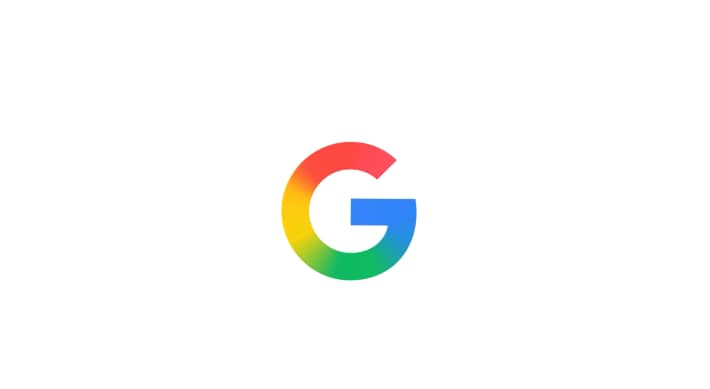Digital
Why OpenAI is hiring 100 ex-bankers: Inside the ChatGPT-maker's secret project to automate Wall Street's grunt work

Google is rolling out a redesign of how advertisements appear in its search results, introducing a clearer label for sponsored content and, for the first time, giving users the ability to hide ads with a single click.
Under the new format, all text advertisements will be consolidated beneath a prominent “Sponsored results” banner that remains visible while users scroll. Google said the change is meant to make paid placements easier to distinguish from organic search results, reinforcing its self-described “industry-leading standards” on transparency in ad labeling.
The company is also adding a “Hide sponsored results” option, allowing users to collapse text ads entirely if they prefer to see only unpaid listings. Google said its testing indicated that the format makes the top of the page easier to navigate. The company noted that ads will not increase in size, and the number of text ads shown will remain capped at four.
The new “Sponsored” marker will extend beyond text listings to cover other ad types, including Shopping units. The redesign is now being introduced globally across both desktop and mobile versions of Google Search.
In a wide-ranging interview with Storyboard18, Sorrell delivers his frankest assessment yet of how the deal will redefine creativity, media, and talent across markets.